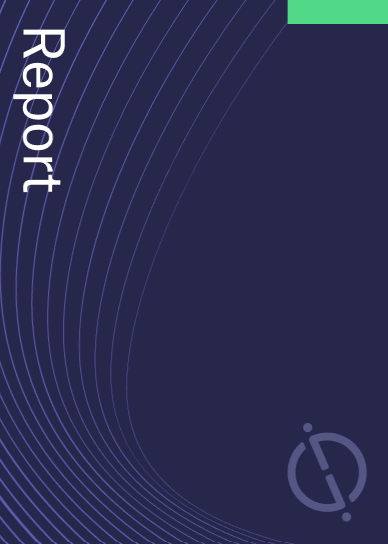Northvolt has been granted a patent for a system that enables electrical energy production from chemical reagents in a compartmentalized cell. The system includes electrodes, a separator, and an ionic liquid electrolyte system. The patent also covers a rechargeable battery cell with specific components and concentrations of solvents and lithium salt. GlobalData’s report on Northvolt gives a 360-degree view of the company including its patenting strategy. Buy the report here.

Discover B2B Marketing That Performs
Combine business intelligence and editorial excellence to reach engaged professionals across 36 leading media platforms.
According to GlobalData’s company profile on Northvolt, Hydrogen storage alloys was a key innovation area identified from patents. Northvolt's grant share as of September 2023 was 12%. Grant share is based on the ratio of number of grants to total number of patents.
Rechargeable battery cell with ionic liquid electrolyte system
A recently granted patent (Publication Number: US11777087B2) describes a rechargeable battery cell with specific components and compositions. The battery cell includes a negative electrode made of lithium metal, a positive electrode, and a separator to separate the two electrodes. The electrolyte used in the battery cell is an ionic liquid electrolyte, which consists of an ionic liquid solvent, an ether co-solvent, and a lithium salt solute.
The ionic liquid solvent in the electrolyte has a concentration of up to 75% by weight, while the non-fluorinated ether co-solvent has a concentration of at least 5% by weight. The lithium salt solute, which is an important component of the electrolyte, can have a concentration of 20-50% by weight.
The patent claims also specify various options for the lithium salt solute, including lithium bis(fluorosulfonyl)imide (LiFSI), lithium bis(trifluoromethylsulfonyl)amide (LiTFSI), lithium tetrafluoroborate (LiBF4), lithium hexafluorophosphate (LiPF6), lithium bis(oxalato)borate (LiBOB), lithium difluoro(oxalato)borate (LiDFOB), lithium trifluoromethanesulfonate (LiTf), and lithium nitrate (LiNO3). The lithium salt solute can be a combination of these options or just one of them.
Additionally, the patent claims mention the possibility of including other metals in the negative electrode, such as sodium, silicon, aluminum, magnesium, lead, cadmium, bismuth, arsenic, tin, and zinc. The ionic liquid electrolyte can also contain a metal salt with an anion selected from bis(trifluoromethanesulfonyl)imide (TFSI), bis(fluorosulfonyl)imide (FSI), hexafluorophosphate (PF6), tetrafluoroborate (BF4), and bis(oxalate)borate (BOB).
The patent also suggests the use of a wetting agent in the ionic liquid electrolyte to reduce viscosity and polarity. The wetting agent can be a fluorinated ether, a surfactant with both polar and non-polar components, or a phosphate ester or phosphite.
Other features mentioned in the patent claims include the use of a copperized plastic film in the negative electrode and the use of a linear ether as the non-fluorinated ether in the electrolyte.
Overall, this patent describes a rechargeable battery cell with specific compositions and components, including a lithium metal negative electrode, an ionic liquid electrolyte with specific solvents and lithium salt solutes, and the possibility of including other metals and wetting agents. These features aim to improve the performance and efficiency of the battery cell.
To know more about GlobalData’s detailed insights on Northvolt, buy the report here.
Data Insights
From

The gold standard of business intelligence.
Blending expert knowledge with cutting-edge technology, GlobalData’s unrivalled proprietary data will enable you to decode what’s happening in your market. You can make better informed decisions and gain a future-proof advantage over your competitors.



